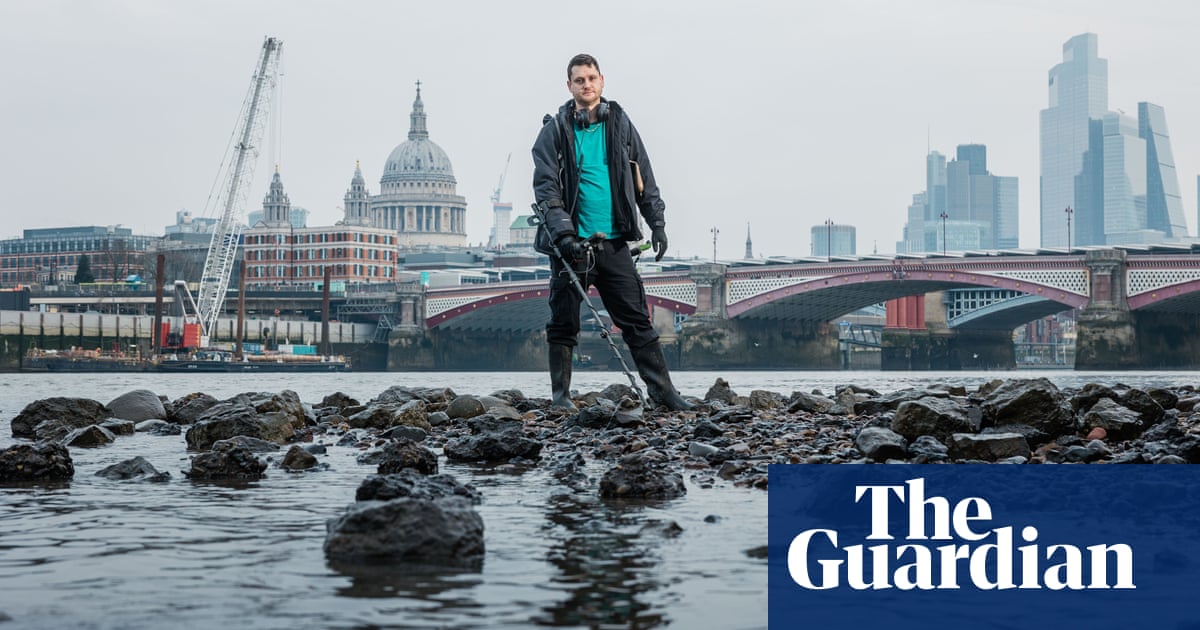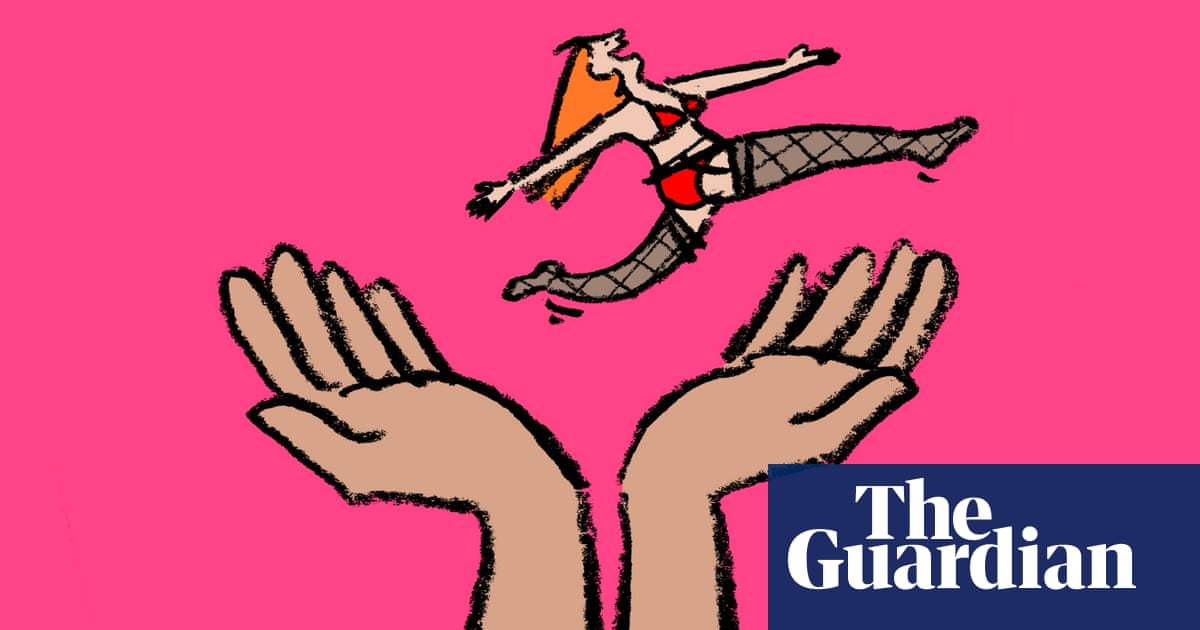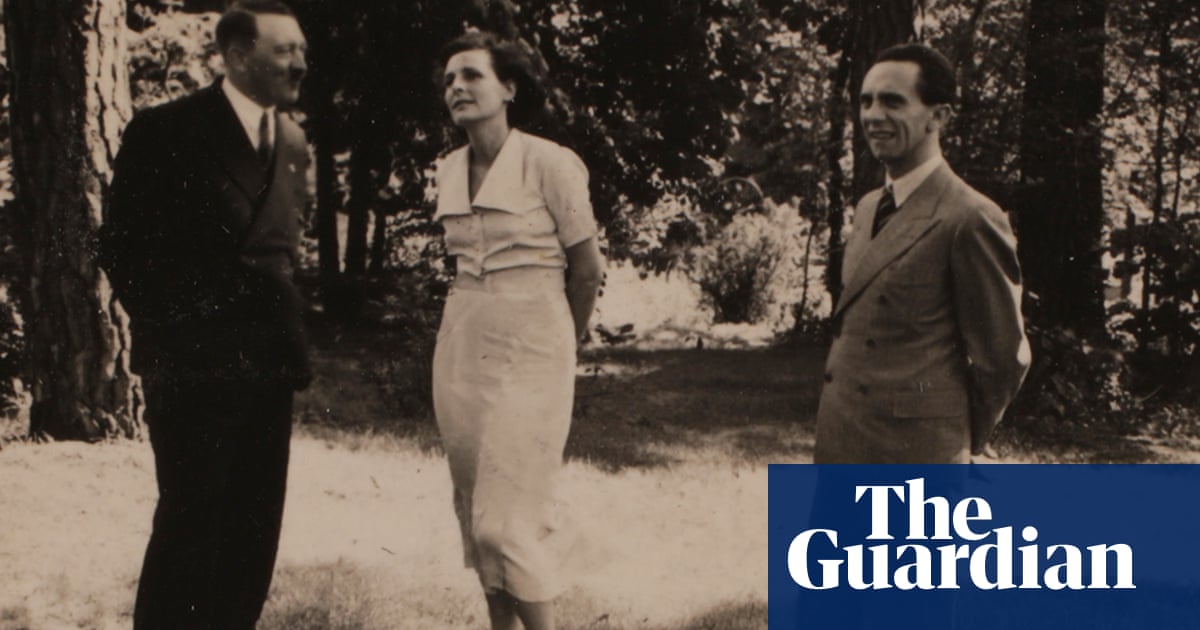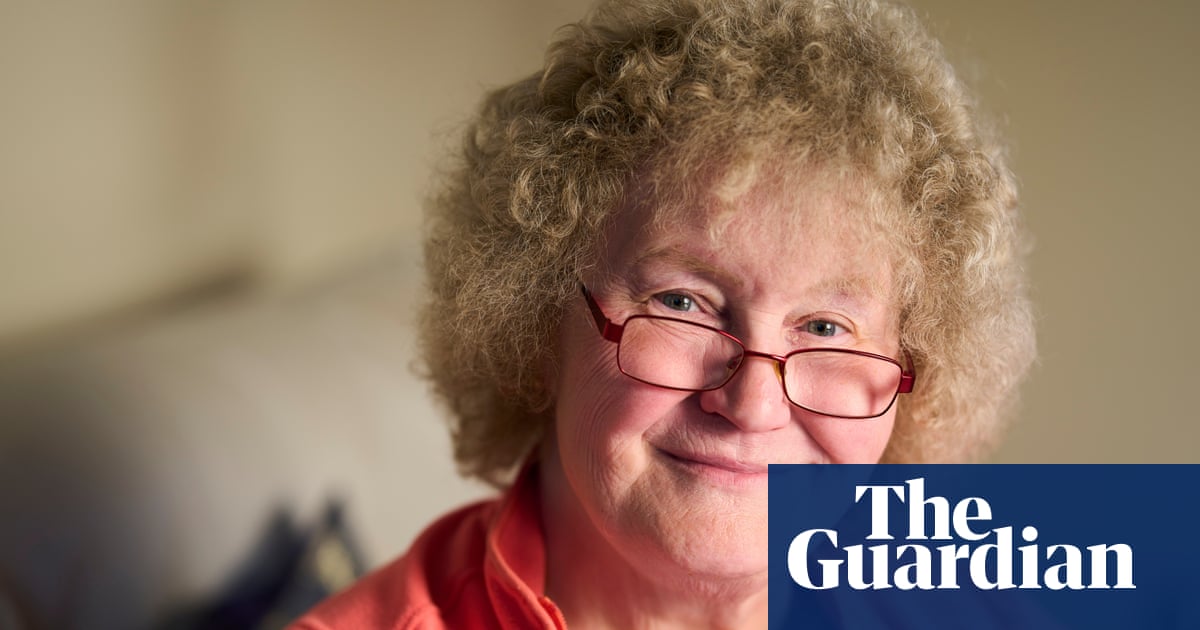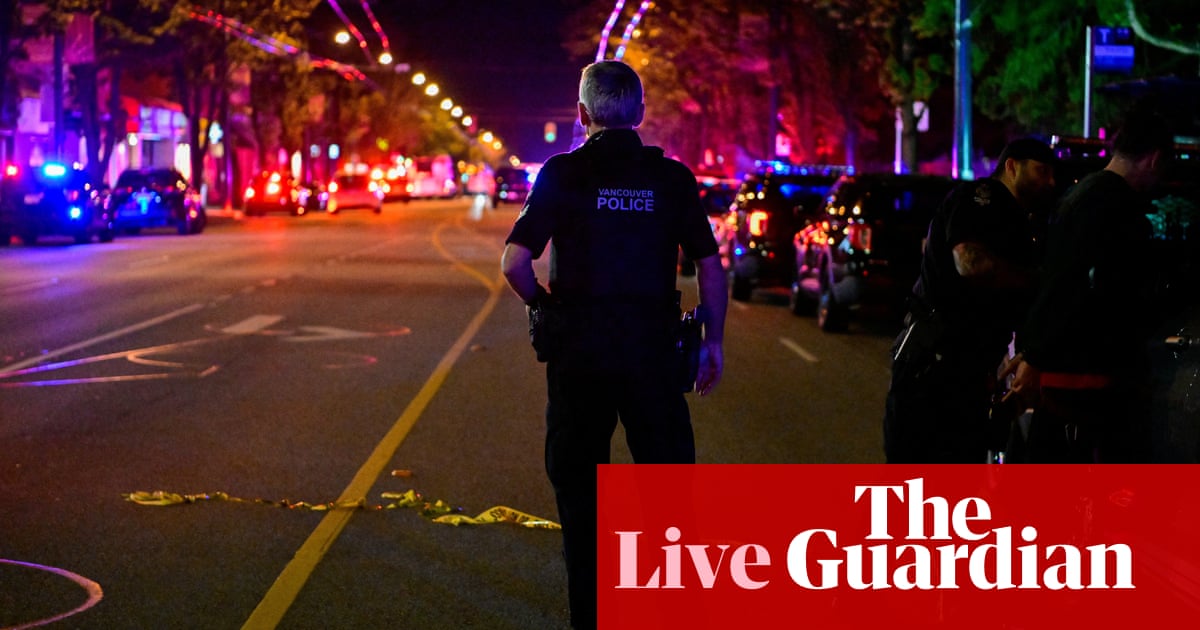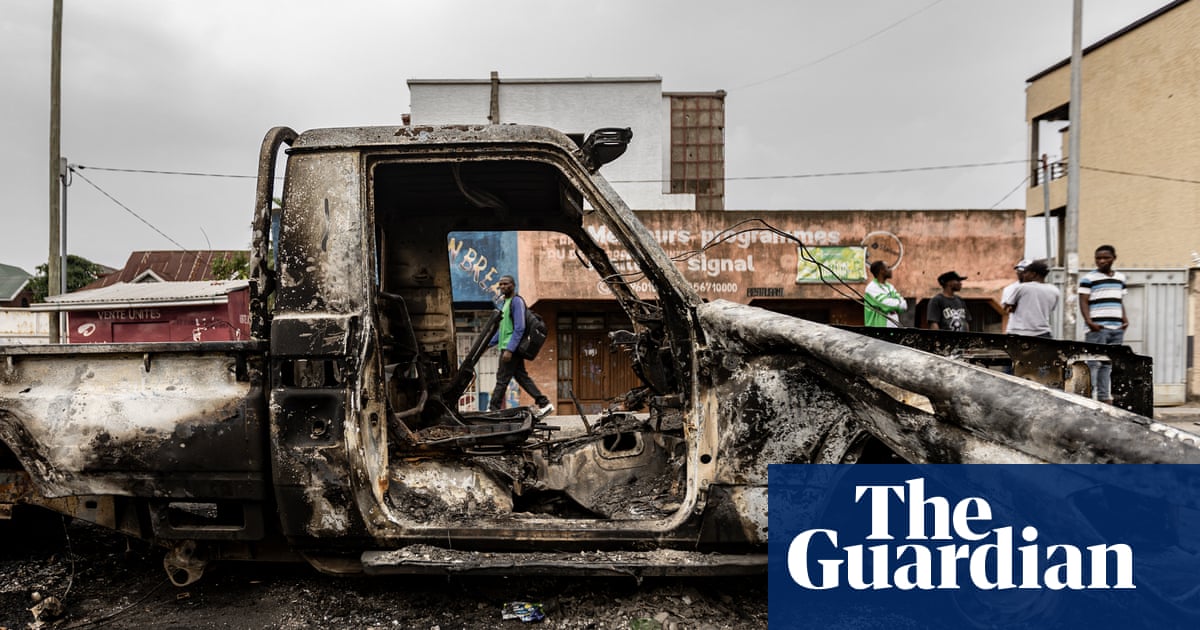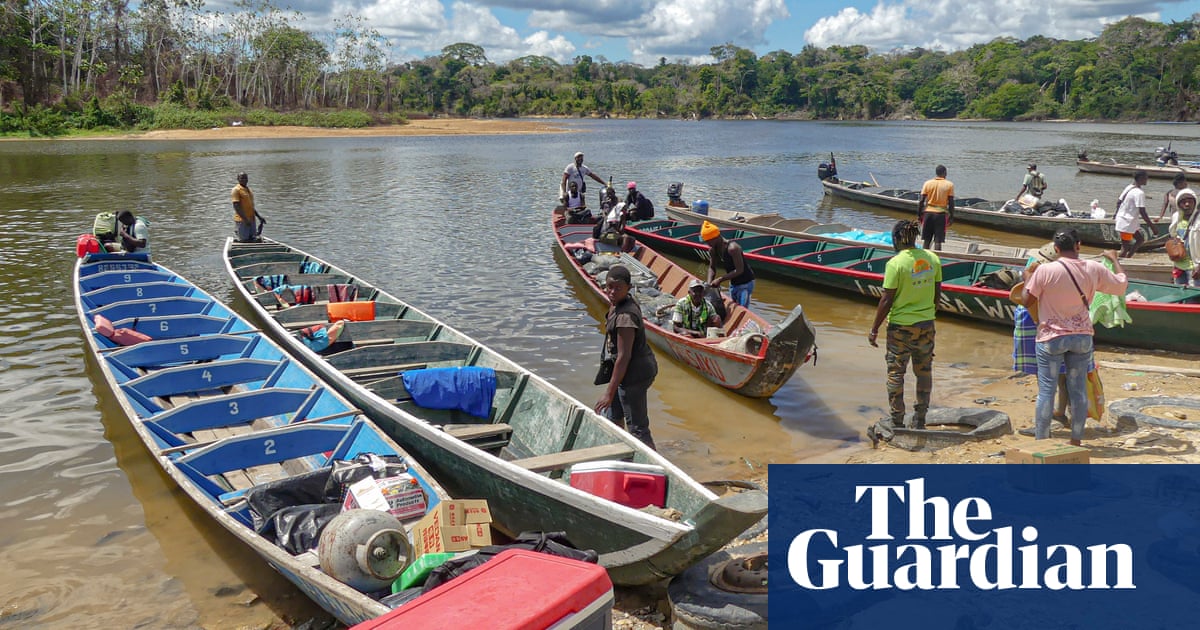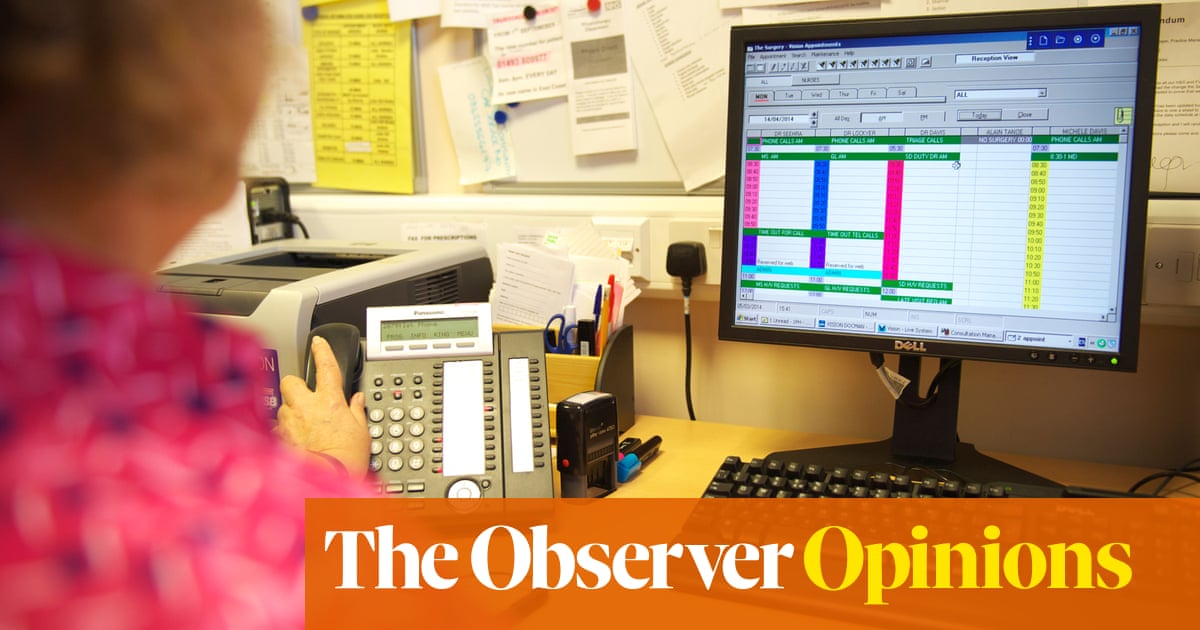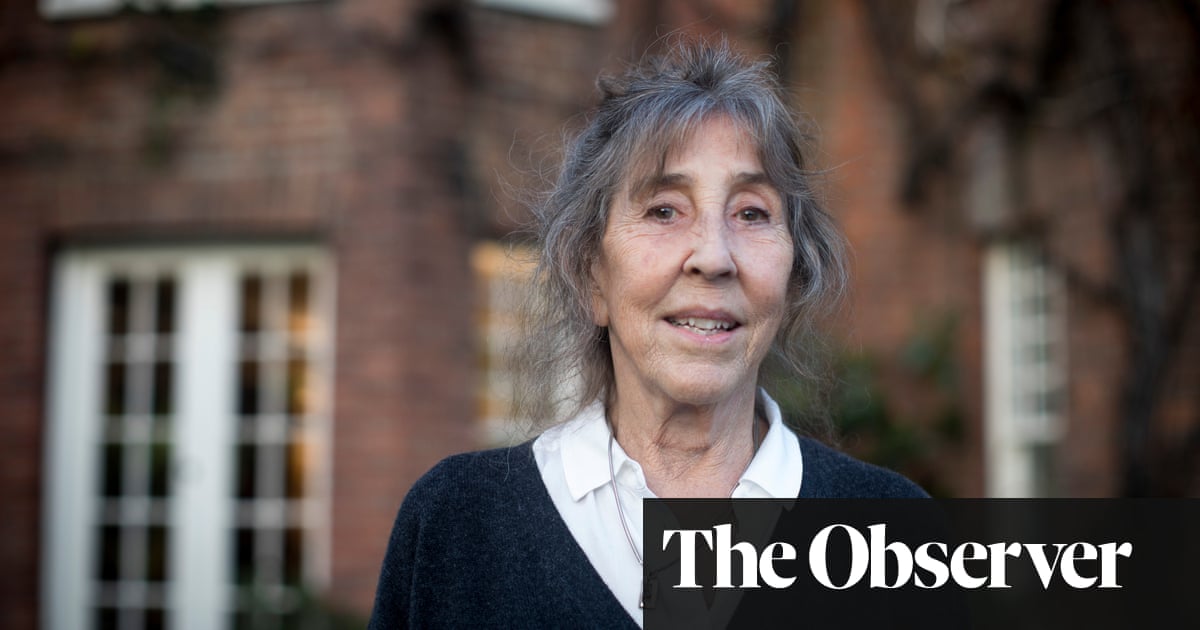The cat-proof fence drops off a sheer cliff on one side of Kangaroo Island, and disappears into the ocean on the other.
The top section is floppy and electrified – a rude shock for wily cats seeking to climb over – and the bottom is burrow-proof.
Gaps left for humans and wildlife funnel any would-be trespassers through a minefield of traps, which are closely monitored.
Kangaroo Island’s 38,000ha Dudley Peninsula eradication program, run by the KI Landscape Board (Kilb), has decimated the island’s feral cat population from a high of about 1,600 to approximately 150, although it’s hard to pin down precise numbers.
Cat-detecting dogs, drones, artificial intelligence, and thermal optics all play a role, as does the feline hotline, where residents can report a cat sighting.

Nationally, feral cats kill more than 1.5bn native mammals, birds, reptiles and frogs and 1.1bn invertebrates a year. They have contributed to the extinction of more than 20 Australian mammals and can spread diseases to native animals, livestock and humans.
On Kangaroo Island, they menace threatened animals such as the Kangaroo Island dunnart and the southern brown bandicoot.
The risk of catching a domestic cat by accident is low on Kangaroo Island, which has the strictest domestic cat laws in Australia. Cats, which are required to be kept inside or in a contained run, must also be registered, micro-chipped and desexed.
All trapped feral cats are checked for a microchip too.
Jack Gough, the Invasive Species Council’s advocacy director and cat expert, says if the program is successful it would be the largest cat eradication on a populated island in the world.
It would also be a proof-of-concept that could roll out more broadly. The 3km cat-proof fence separates the Dudley Peninsula from the rest of the island, where there are more people – and cats.
Gough says they’re at a “critical juncture” in the program, and a winter blitz is necessary.

“When the numbers are high, getting rid of them is easier. As they get lower it becomes harder. This is where eradications tend to succeed or fail,” he says.
“Once-and-done is how you do it. Or they’re breeding, and that risks the eradication.”
Bird flu compounds risks
Feral cats also pose a threat to sea lions and penguins, Gough warns.
“On KI, cats are a threat to sea lion baby survivability because of toxoplasmosis, and to penguins in terms of predating their nests,” he says.
Both are susceptible to bird flu.

Australia is preparing for the possibility of an H5N1 outbreak. It’s not here yet, but overseas bird flu has already proven deadly to seals and to penguins.
“Building the resilience of these species, in the knowledge that bird flu could turn up, is a key element,” Gough says.
“[Bird flu] could be an extinction level event [for sea lions and penguins].”
He says the program needs an “immediate injection” of $1.93m for that blitz. The council has written to the environment minister, Tanya Plibersek, asking for a commitment of about $6.2m over three years, and that $1.93m now.
A spokesperson for Plibersek said the government was “keen to see feral cats eradicated on the island”.
“We’ll keep working with the South Australian government and community to achieve that,” the spokesperson said.
“Feral cats are dangerous and ruthless predators, pushing our threatened native species like the greater bilby, numbat, and Gilbert’s potoroo, to the brink of extinction.”
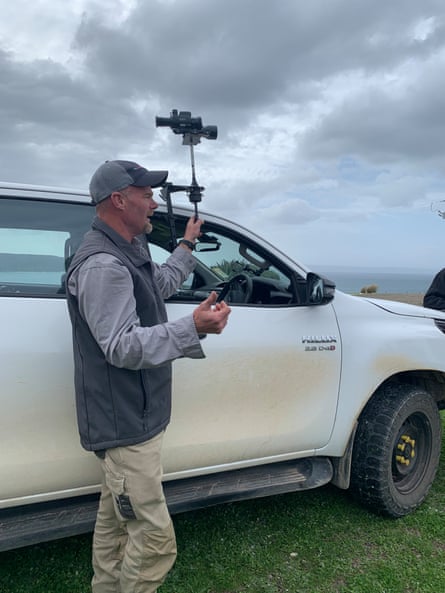
The spokesperson said the government had invested more than $60m in 55 projects to control feral cats, including more than $3m for Kangaroo Island.
AI used in high-tech plan
More than 270 wildlife cameras capture images of the cats as they prowl the island each day. Tens of thousands of images are uploaded and processed by artificial intelligences, which distinguishes cats from kangaroos and other wildlife before a human takes over the categorising.
Eventually, as it learns and the cat numbers dwindle, the AI will be able to detect individual cats.
Hundreds of cages and leg-hold traps across the Dudley are fitted with sensors, letting people know when something’s inside. Eradication officers say you can tell straightway that a cat in a trap is feral by its bared teeth and hissing.
Marksman Brenton Florence has worked to eradicate feral goat, deer and pigs on the island. To tackle the cats, the feral animal control officer made a robot that his colleagues joke looks like the love child of Squeaky from Johnson and Friends and Dexter from Perfect Match.
It uses thermal optics looking for heat signals and lasers to navigate. He named it “hide-and-seek-no-more Mark II”.

Florence is also getting a new drone that will find cats using thermal imaging. Then it will be able to manipulate them, herding them out of scrub using a built-in speaker, and lowering hooks to drop off food or a scent lure.
Bluetick coonhounds Murra and Jager, bred to track animals and trained to catch cats, help in the hunt.
The MP for Mayo, Rebekha Sharkie, talks about the devastation of the 2019-20 black summer bushfires, when a third of the island burned. Nationally, a billion animals died,including on KI.
“We lose that same amount every year with feral cats and we shrug our shoulders as a nation,” she says.
“KI do great work. It’s been a slow process to get right, but it’s paying off now.
“We worry about species loss.We must all put our shoulders to the wheel and fund programs that work to eradicate feral cats – and, I would add, foxes.”
The opposition’s environment spokesperson, Jonno Duniam, said the Coalition established the national feral cat taskforce in 2015 when it was in government, and accused Labor of making a “song and dance about a ‘war on cats’ without “proper follow through”.
Farmer Tom Willson says since the eradication started, his sheep have fewer parasites – cats pass on sarcocystis via their faeces. It doesn’t affect their health but abattoirs won’t accept sheep that are infected because of the time and cost to trim it out of meat.
Once the cats are eradicated, the sheep won’t catch sarcocystis any more, he says, adding that it’s already been two years since he’s seen a cat.
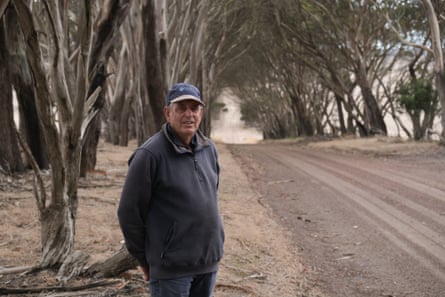
Paul Jennings is the team leader on Kilb’s feral cat eradication program. He says wildlife populations are beginning to flourish, seen through their cameras and heard via anecdotes. People who’ve spent their whole lives on the peninsula report seeing more ground-nesting birds like the bush-stone curlew, he says.
“A landholder last week said it was the first time he’d seen a pygmy possum in his entire life,” Jennings said.
He says that they haven’t yet seen a recovery in native bandicoot numbers yet, and cats can be the “last straw” when animals have been affected by bushfires, habitat loss, and other threats.
“But nature is extremely resilient,” he says.
“Give it half a chance and it will come back.”

 12 hours ago
8
12 hours ago
8





